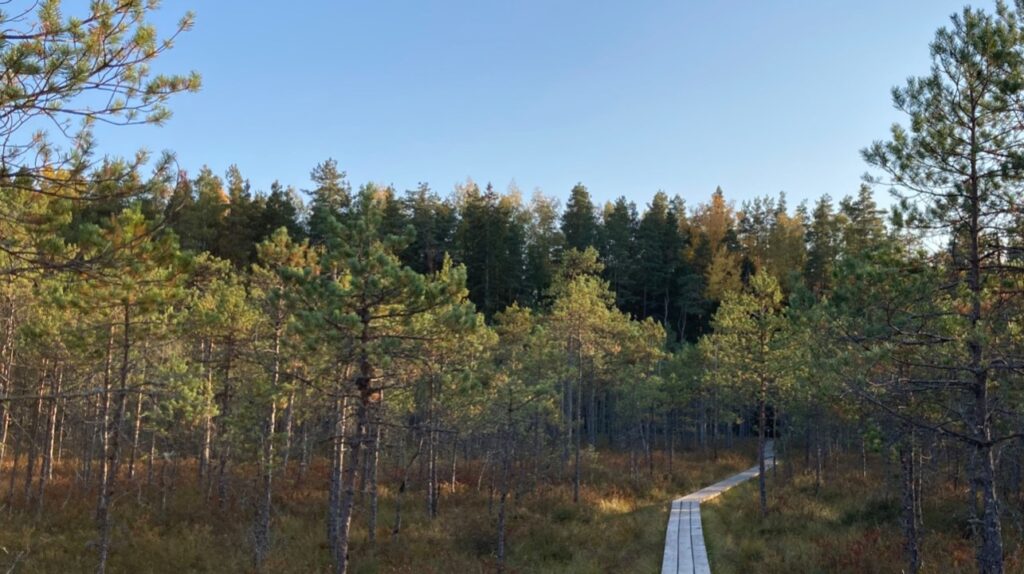Working Group 5: Nature Tourism

Team leaders: Jekaterina Balicka and Martti Veldi (EMU Tartu), Frederico Meireles (UTAD)
Field trip: A visit to Elva, a town not far from Tartu where there are lots of forest, lakes and other natural places located within a landscape protection area containing a number of different recreational facilities, many managed by the State Forestry Management Centre (RMK). There will be a chance to follow some short trails and experience the beautiful scenery.
Lectures:
1. Nature tourism in South Estonia
2. Planning outdoor recreation within the capacity of the landscape with Jekaterina Balicka.
Workshop: Estonia has a large amount of nature which is extensively used for outdoor recreation and nature tourism. There are businesses which sell services and products. Many people visit nature for their health and wellbeing as well as for obtaining berries and mushrooms. Many areas are also protected landscapes with many cultural values. The area of Elva near Tartu will be used as a case study.
Local challenge: How to maintain the quality of the landscape and the experiences of visitors while responding to the increasing pressures and demands as the market develops.
Research questions:
- To what extent has the development of outdoor recreation and nature tourism reached its capacity according to the seasons at Elva?
- What are the key aspects to consider when assessing the sensitivity and capacity of the landscape in relation to recreational pressures?
- What might be the impact of novel forms of recreation and tourism as expressed by recent trends?
Tasks:
- Based on the information from the field trip plus other information available, consider the degree to which the landscape or parts of it have reached capacity and risk being overdeveloped.
- Identify the key factors which need to be taken into account when assessing sensitivity and capacity.
- Identify and assess the latest trends in recreation and nature tourism and consider how they might be introduced and how they might impact the bioeconomy.
